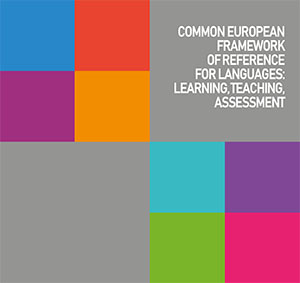Ideas for implementation
The CEFR:
- is a stimulus for reflection and subsequent innovation in language education;
- provides common reference points in the form of the CEFR levels in order to facilitate networking, synergies, and personal mobility.
The 2007 intergovernmental Policy forum The Common European Framework of Reference for languages (CEFR) and the development of language policies: challenges and responsibilities made it clear that, although it is the responsibility of the member states to respect the integrity of the common reference levels when aligning their curriculum and assessment to them, it is the first aim, the use of the CEFR to improve the quality of language education, that is most important.
Alignment to the CEFR needs to take account of both these aspects. The array of CEFR descriptors can help to do this. A fundamental message of the CEFR is that Course planning, Teaching and Assessment should be aligned with each other through the use of CEFR key concepts and Descriptors to help define educational objectives.
Documents
Pathways through assessing, learning and teaching in the CEFR: Guide (2011: ECML)
Tools
CEFR Qualimatrix: A quality assurance matrix for CEFR use (2019: ECML)
Pathways through assessing, learning and teaching in the CEFR: Training kit (2011: ECML)



